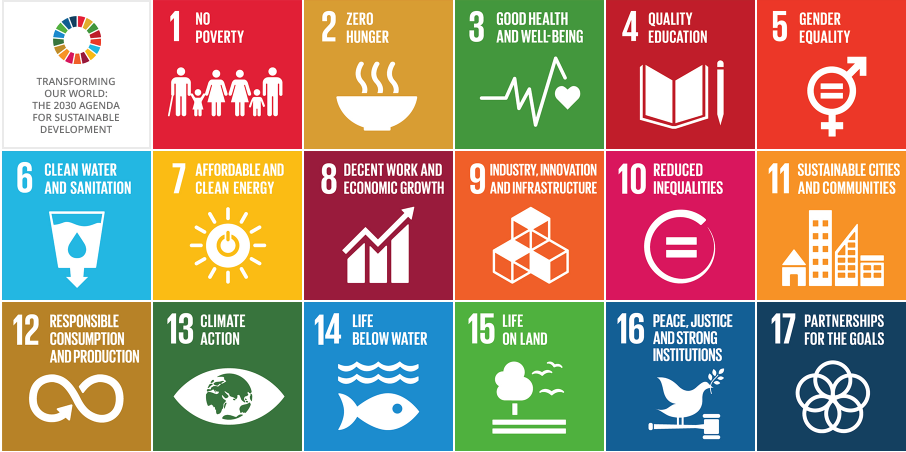On 25 September 2015, the 193 countries of the UN General Assembly adopted the 2030 Development Agenda titled "Transforming our world: the 2030 Agenda for Sustainable Development". It outlines the 17 Sustainable Development Goals, associated 169 targets and 230+ indicators. The 2030 Agenda and its seventeen Sustainable Development Goals (SDGs) build on the Millennium Development Goals (MDGs) but are much broader in scope and ambition, encompassing the eradication of poverty and hunger and improved health and nutrition; reduction of inequality; the building of peaceful, just and inclusive societies; the protection of human rights; the promotion of gender equality and the empowerment of women and girls; and the lasting protection of the planet and its natural resources.

The global indicator framework was adopted by the General Assembly on 6 July 2017 and is contained in the Resolution adopted by the General Assembly on Work of the Statistical Commission pertaining to the 2030 Agenda for Sustainable Development (A/RES/71/313). Tier Classification Criteria/Definitions:
Tier 1: Indicator is conceptually clear, has an internationally established methodology and standards are available, and data are regularly produced by countries for at least 50 per cent of countries and of the population in every region where the indicator is relevant.
Tier 2: Indicator is conceptually clear, has an internationally established methodology and standards are available, but data are not regularly produced by countries.
Tier 3: No internationally established methodology or standards are yet available for the indicator, but methodology/standards are being (or will be) developed or tested.
Publications

